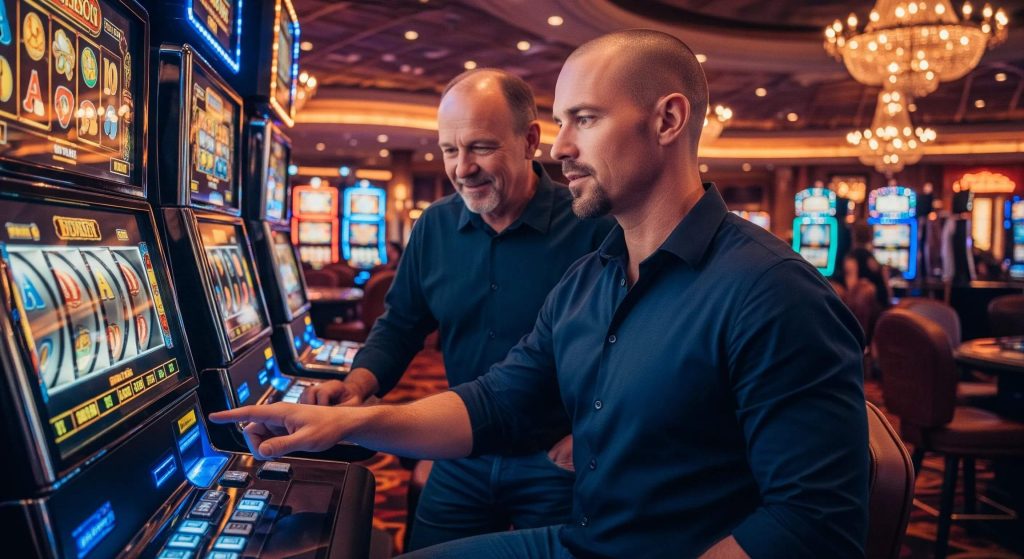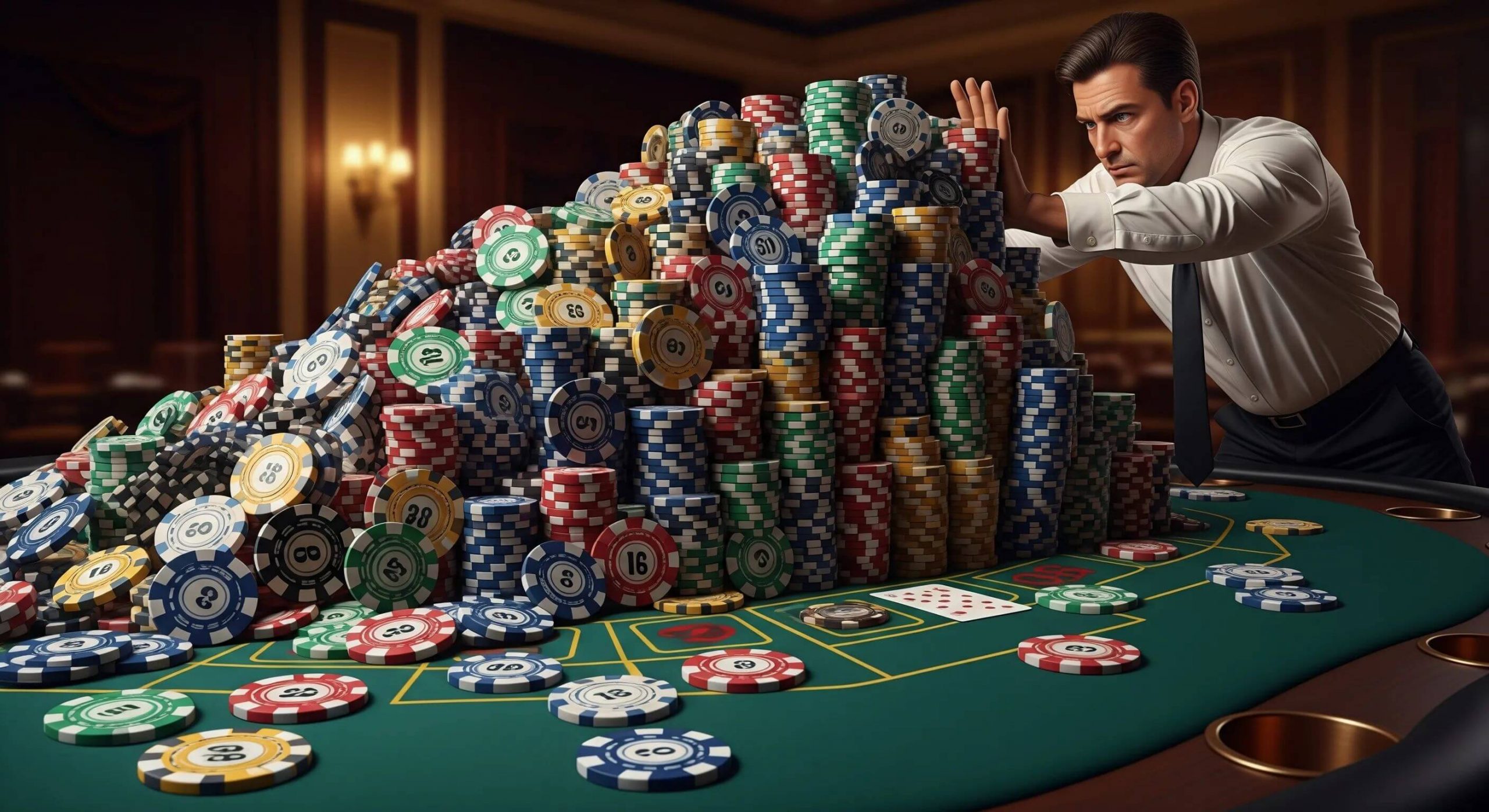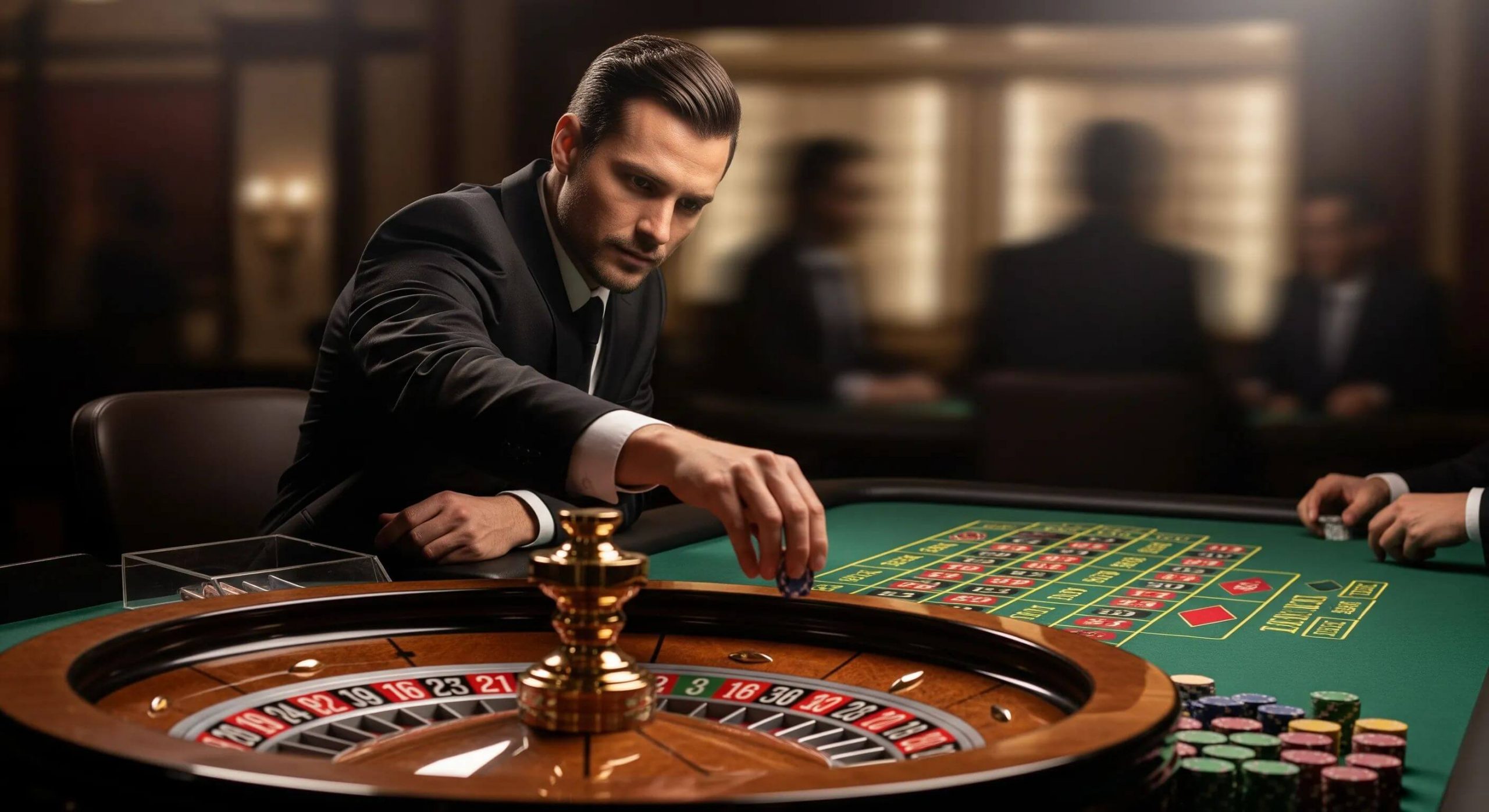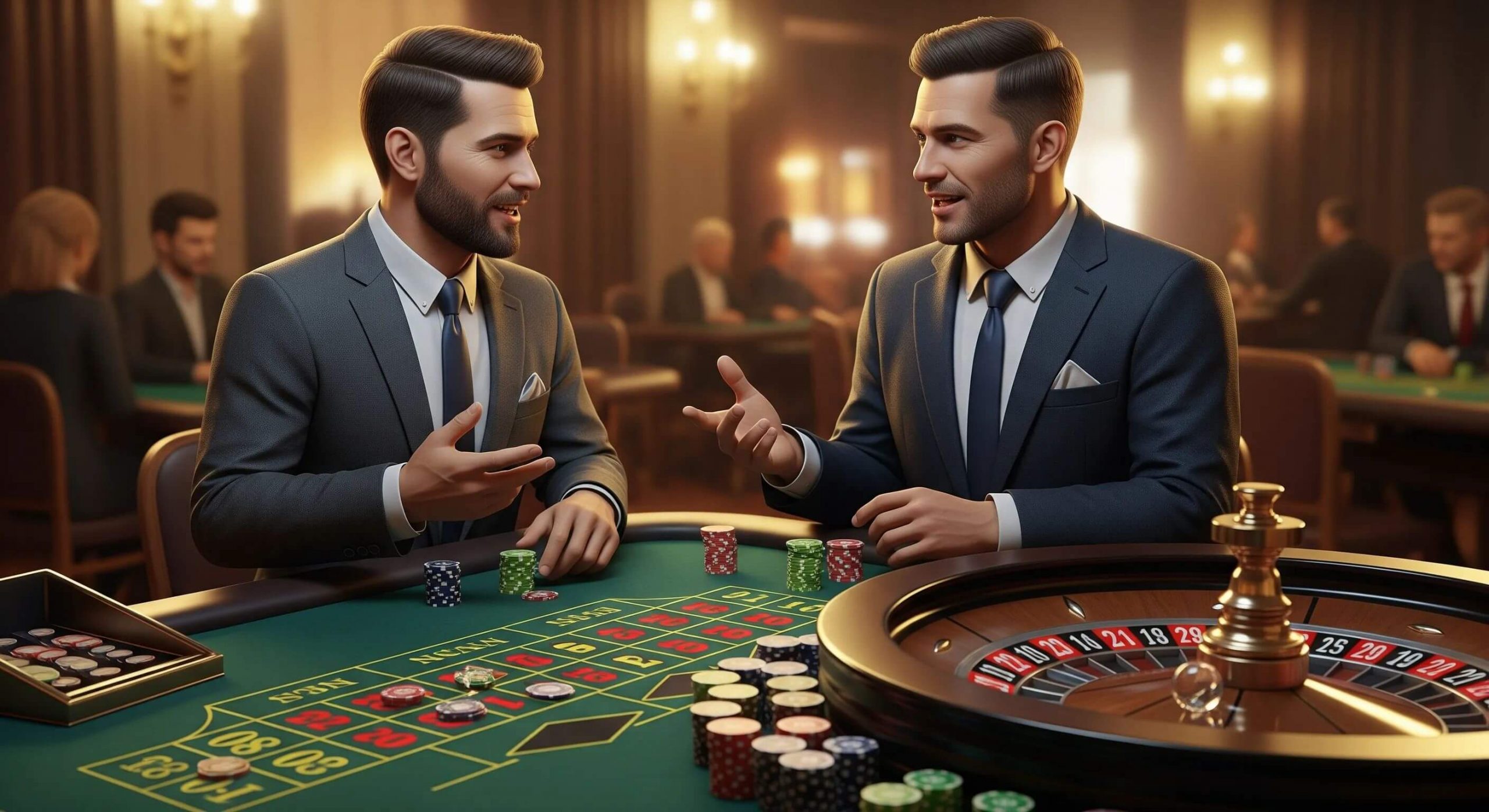
The psychology of near-misses: why “almost winning” keeps us playing

There’s a subtle, cruel magic in the design of any well-made gambling machine. We’re not talking about flashing lights or catchy music — no, the real sorcery lies in how it toys with our brains. One of the most potent tricks in the book? The near-miss. That heart-pounding moment where you needed just one more cherry on the reel, or you watched the ball hover helplessly beside your number on the roulette wheel. You didn’t win, but it *felt* like you almost did. For seasoned players and industry insiders alike, this isn’t random — it’s calculated engagement, built on a deep understanding of human psychology.
Understanding the gambler’s brain: reward prediction errors
At its core, the near-miss effect is about how our brain learns from outcomes. More specifically, it involves what neuroscientists call a “reward prediction error” — when the result is different from what we expected. Slot machines and other games exploit this relentlessly. Even though you’ve lost, that “almost” triggers reward circuits in the brain *almost* like a win would. In layman’s terms, your brain gets a dopamine hit just at the *prospect* of being close. This seemingly harmless feedback loop is no accident — it’s engineered by game designers who know how to walk the line between keeping a player engaged and pushing them too far. I’ve seen punters sit rooted to the same machine for hours because it keeps dangling that carrot just out of reach. Every third spin seems to miss by a whisker — deliberately. The odds haven’t changed, but your *perception* has. That “I’m due for a win” feeling? That’s your brain lying to you under the influence of years of evolved behavioural conditioning.
Skill illusion vs. chance: how we get tricked
Here’s another thing that trips up greenhorns: they believe effort or skill might impact results in pure games of chance. This phenomenon, called the skill illusion, is tightly woven into the fabric of near misses. A slot flash with three flamboyant icons lined up and a fourth that *just* misses? It looks beatable, like your timing was off. The player thinks, “Next time I’ll get it.” But timing doesn’t matter in RNG-driven machines. There’s no control — that’s the harsh truth rookies often ignore. To understand how these illusions are crafted, it’s helpful to see how game design leverages psychological tricks. Walk into a casino in regions like Indonesia, where regulations lag and designs get bolder, and you’ll see tons of games that push near-miss frequency aggressively. It’s worse in environments poorly monitored for ethical game structure. Without regulated boundaries, developers crank up the near-miss ratios to toxic levels. And players, unaware, feed coins into what feels like destiny — not raw mathematics.
The reinforcement loop: why the loss still hooks us
Most beginners don’t realise that losing can reinforce behaviour just as much as winning — if not more. Particularly when losses are framed as “almost wins”. Psychologically, these near-misses act as *partial reinforcements*. Behavioural psychology shows we’re far more likely to persist when rewards are inconsistent — especially when they occasionally *look* like they’re just around the corner. The most addictive games are the ones that stretch out these teases masterfully. I remember this chap from a mid-size floor operation in Prague — he’d play the same progressive slots for days, claiming them as “hot”. They were far from it. But the machine was engineered to spit out a near-miss pattern every ten to fifteen spins. His dopamine kept him rooted. The jackpot never came, but the illusion of proximity kept his wallet open.
The economics of keeping players engaged
If you’ve ever wondered why games like those found at Vulkan Vegas are designed with such psychological finesse, it’s because time-on-machine matters more than outright wins in operator economics. The longer a player stays, the more revenue the house makes — not by cheating, but by encouraging prolonged engagement. Near-misses extend session time considerably without requiring payouts. It’s a silent trade-off: less winning, but more progress indicators. So, when developers calibrate reels or animations, near-miss frequency becomes a controllable parameter — to stay within legal RTP (Return to Player) and math models while maximising emotional investment. There’s a delicate ratio that only deeply experienced analysts can strike — too few near-misses and players lose interest; too many and they get wise. It’s a dance most modern designers can’t balance without the guidance of old-school floor managers who knew exactly how players’ eyes looked after a true “bust” versus an “almost”.
Protecting yourself: recognising emotional anchoring
If there’s one habit I try teaching every newcomer, it’s this — learn to distinguish real agency from emotional anchoring. Near-misses exploit a cognitive bias where players become attached to the outcome rather than the probability. Instead of evaluating odds with cold precision, they start *feeling* like a slot has favourites, or that one table’s “energy” is different. That’s emotional anchoring, and it’s the quickest route to bankroll erosion. One way to guard against this is by focusing on the true house edge and making calculated decisions. There are countless strategies to improve your odds, but no tactic can overcome emotional distortion. If you feel a game *almost* let you win, step back. That feeling is the trap. A true win is objective — all the rest is theatre.
Final thoughts: seeing through the illusion
The artistry behind a well-timed near-miss should be respected as much as scrutinised. It takes a confluence of psychology, maths, and hard-earned street smarts to fine tune the effect, legally and ethically. But players should tread carefully. The system doesn’t need to lie to you to make you bend — it just has to suggest you’re close. So before you sink another hour into a machine that “almost” loves you back, remember: it’s not flirtation — it’s function. Whether you’re playing in local joints or exploring online platforms like these digital casinos, keep your feet on the ground. Strip away the illusion, and only play what you *objectively* know can work in your favour. The rest? That’s noise, stitched into the game’s seductive rhythm.
 Related Blog posts
Related Blog posts

